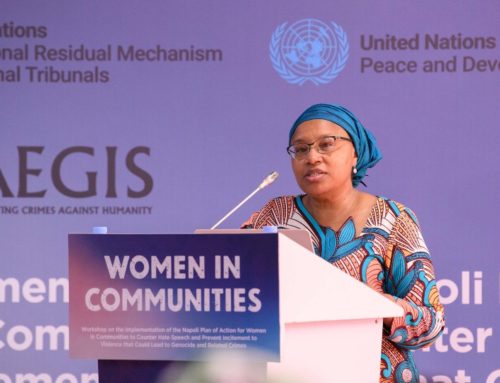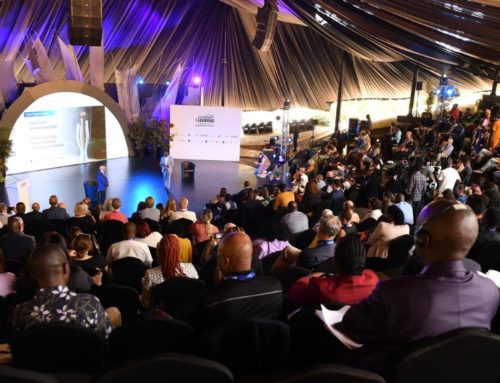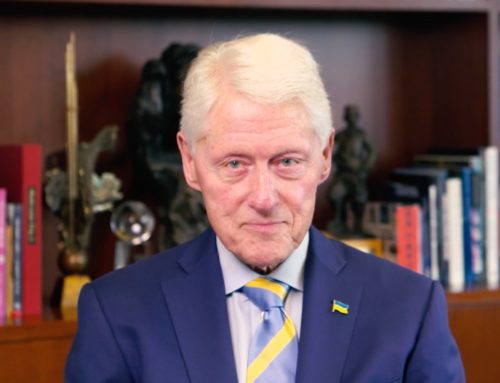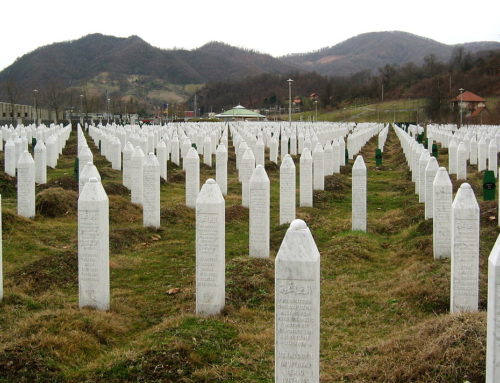Judges at the ‘International Residual Mechanism for Criminal Tribunals’ in the Hague have today dismissed Ratko Mladić’s appeal against his conviction for genocide, issued by the International Criminal Tribunal for the Former Yugoslavia (ICTY) in 2017. Along with fellow convicts including Radovan Karadžic, General Mladić will now serve the rest of his life sentence in prison.
Mladić was one of the key figures behind the genocidal campaign of massacre, rape, torture and destruction unleashed by Bosnian Serb separatists (guided and supported by the regime of Slobodan Milošević in Belgrade) which culminated in genocide at Srebrenica in July 1995.
Yesterday, on June 7th, the night before the judgement, Bosnian Serbs gathered in Bratunac, just a few kilometres from Srebrenica, to watch a film celebrating Mladić. All around Republika Srpska – a Bosnian Serb entity which forms roughly half of Bosnia and Herzegovina – murals, monuments and graffiti celebrate him, whilst Republika Srpska’s political leadership continues to deny the genocide in Srebrenica. The Bosnian-Serb member of Bosnia’s tripartite presidency, Milorad Dodik, labelled it “the greatest hoax of the 20th century”, as he continues to agitate for the country’s final break up – and the independence of Republika Srpska.
“We welcome the court’s verdict today and salute the work of the prosecutors who brought this about,” says Dr James Smith, Chief Executive of the Aegis Trust. “Justice, and the legal acknowledgment of genocide, offer a small measure of comfort to survivors and a rebuke to those who continue to deny the crime and celebrate its leaders. We urge the EU and the Peace Implementation Council to strengthen their efforts to stand against genocide denial in the Republika Srpska, to guarantee Bosnia and Herzegovina’s sovereignty and to support the genocide’s survivors in every way possible. Our thoughts are with the survivors of Srebrenica today.”
How the genocide unfolded
In May 1992, Mladić was promoted to the rank of General in the newly formed Army of the Republika Srpska (VRS). Having previously been involved in the efforts of secessionist Croatian Serbs to form a breakaway state in Croatia, Mladić lead the Republika Srpska Army in Bosnia and Herzegovina, personally overseeing the siege of Sarajevo, instructing Bosnian Serb artillery to shell the city’s residents “to the point of madness.”
Under the political leadership of fellow convicted genocidaire Radovan Karadžić (president of the Republika Srpska), and in conjunction with the RS police force and civil authorities, known as ‘Crisis Committees’, the army of the Republika Srpska embarked on a pre-planned genocidal campaign across the country to ‘cleanse’ Bosnian muslim Bosniaks and Bosnian Croats from the territory they wished to take. Concentration camps and rape camps were created, in Prijedor, Višegrad, Foča and many other locations. Massacres were committed and property was looted and destroyed. In particular the army of the VRS, and its many satellite militias, set out to destroy all physical traces of Bosniak heritage from the places they captured.
The campaign against Bosniak civilians in Srebrenica and other villages in the region began in 1992, when the Army of the Republika Srpska, as part of its plan to remove all non-Serbs from eastern Bosnia, launched a campaign to drive Muslims from their homes. As the Bosnian Serb army moved through the region, inflicting atrocities as they went, the fleeing Bosniaks congregated in Srebrenica, which was then under siege, isolated from the rest of Bosnia. Overflowing with displaced people, the small town was subjected to four years of siege warfare during which many inhabitants died of starvation or ill health, as well as bombings, shelling and sniper fire. It was defended by a small group of under-armed soldiers, led by Bosnian Army commander Naser Orić.
On 16 April 1993, the UN declared Srebrenica a “safe zone” and stationed a small detachment of peacekeepers in the town. Their presence prevented the outright seizure of the town by the Bosnian Serb army. In July 1995 however, this protection failed as the UN detachment of Dutch soldiers, with no support from their political and military command structure, allowed Gen Mladić to finally invade the town.
A large group of Bosniak men fled, hoping to make it through the woods to free territory, some three day’s walk away. Many never made it, as the Bosnian Serb army was waiting for them. The rest of the panicked population fled Srebrenica, moving north to Potočari, the site of the Dutch base (now the site of the Srebrenica Memorial). Succumbing to pressure from Mladić, with the international community silent, the Dutch soldiers began to help Mladić and his men organise the civilians, separating the men from the women and children. The latter were placed on buses and trucks, and sent to free territory in Tuzla. The men were driven to pre-prepared sites around the region, and shot. Their bodies were dumped into mass graves. Having heard that NATO were aware of the locations of these mass graves, the Army of the Republika Srpska dug up the remains and reburied them in secondary and even tertiary mass graves.
On 24 July 1995, the still new ICTY issued an indictment for Mladić. After the war, he went into hiding in a range of locations across Serbia and Republika Srpska and avoided efforts to capture him, being hidden and protected by Serb and Bosnian Serb military and police organisations. Finally, after concerted pressure on the Serb government, Mladić was arrested in Serbia on 26 May 2011 and was extradited to The Hague on 31 May 2011.
Today’s decision in The Hague marks the final step in Mladić’s decade-long legal process. Meanwhile, the bodies of some 1,300 Bosniaks from the Srebrenica region are still missing.






